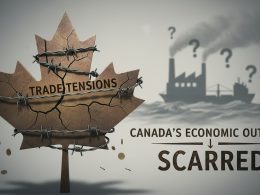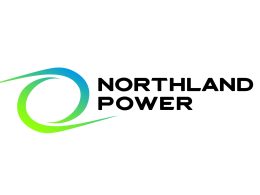by Will Keenan, Analyst, Smead Capital Management
The excesses of the 2000s subprime housing bubble financial crisis forced a fundamental reset in US homebuilding. Just as Marathon Asset Management’s capital cycle framework outlined, overbuilding with excess capital was followed by underbuilding and a dearth of new capital investment.
At Smead Capital Management, our work often begins with deeply out-of-favor industries, which eventually led us to NVR Inc. (NVR). Originally North Virginia and Ryan Homes, the company had previously filed for bankruptcy in the wake of another debt-fueled bubble, the savings and loan crisis. Emerging from chapter 11, NVR’s board and management decided to get out of the land acquisition business, focusing on their core competence of building affordable new homes as efficiently as possible. Instead of purchasing lots outright with cash tied up in land on the balance sheet, often for years at a time, the company purchased the option to buy the land if and when it was needed. With higher cash generation and lower capital invested, NVR would go on to lead the industry in return on invested capital, and its share price followed suit. When we began researching NVR in the wake of 2008, NVR was the best house in a bad neighborhood.
Gradually, in the 2010s, the largest homebuilders in the industry, D.R. Horton (DHI) and Lennar (LEN), began to follow NVR’s value creation strategy. D.R. Horton went first, culminating with spinning out its land acquisition business (Forestar), followed by Lennar’s Millrose Properties (MRP) earlier this year. As owners of all three businesses, Smead Capital Management’s homebuilder exposure is now entirely “land light.” While all three homebuilders have sufficient scale, we see further room for margin expansion at D.R. Horton and Lennar, each controlling roughly 20% of the US homebuilding revenue, over 3x the size of NVR at approximately 6%. We believe the incremental new home is most likely to be built by D.R. Horton and Lennar, as the industry continues to consolidate with smaller family-owned competitors selling to larger players or closing for business entirely. Increasing scale at D.R. Horton and Lennar should afford them better pricing with suppliers and the ability to invest more technology dollars over a larger revenue base, driving operating leverage through the income statement.
Underlying these structural gains is one immutable fact: the United States faces an acute housing shortage. As of mid-2025, America’s housing deficit stands in the millions of units, driven by two decades of underbuilding and increased household formation. This chronic undersupply continues to support pricing power, absorb excess inventory swiftly and justify disciplined new construction.
With demand outpacing completions, industry leaders are well-positioned to convert their operational and capital advantages into enduring profitability and market share gains. Last week, we discussed American banks’ propensity for mortgage lending into a steepening yield curve, and this week’s announcement of our holding Fifth Third to acquire Comerica further supports this theme in yet another wave of long-term industry consolidation.
The combination of increasing returns at scale, with a secular tailwind of new household formation working with an aging housing stock, leads us to believe we have entered a new era of the supermajor in US homebuilding. Like the emergence of Exxon and Chevron as supermajors, first coined by Morgan Stanley analyst Doug Terreson in 1998, we believe that D.R. Horton and Lennar will be at the forefront of homebuilding consolidation in the United States – an industry which we believe today more closely resembles a manufacturing business, as opposed to a real estate business.
Play The Long Game,

William Keenan
The information contained in this missive represents Smead Capital Management’s opinions, and should not be construed as personalized or individualized investment advice and are subject to change. Past performance is no guarantee of future results. Will Keenan, Analyst, wrote this article. It should not be assumed that investing in any securities mentioned above will or will not be profitable. Portfolio composition is subject to change at any time and references to specific securities, industries and sectors in this letter are not recommendations to purchase or sell any particular security. Current and future portfolio holdings are subject to risk. In preparing this document, SCM has relied upon and assumed, without independent verification, the accuracy and completeness of all information available from public sources. A list of all recommendations made by Smead Capital Management within the past twelve-month period is available upon request. ©2025 Smead Capital Management, Inc. All rights reserved.
This Missive and others are available at www.smeadcap.com














